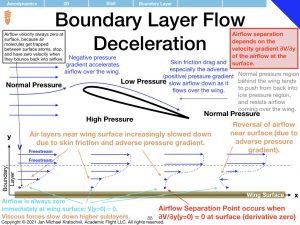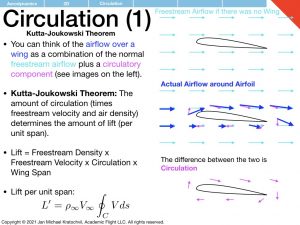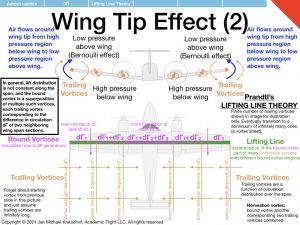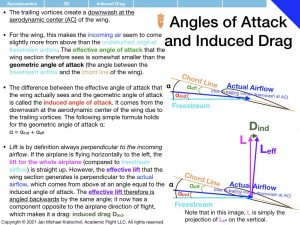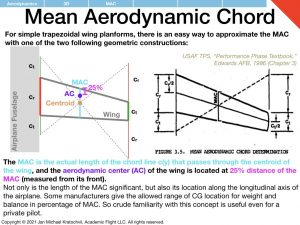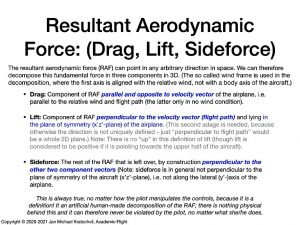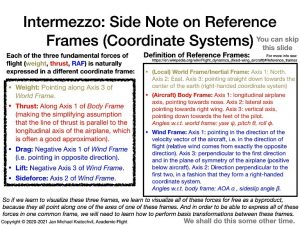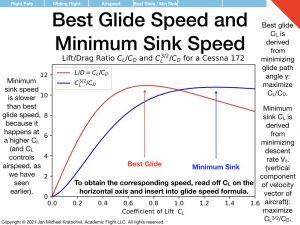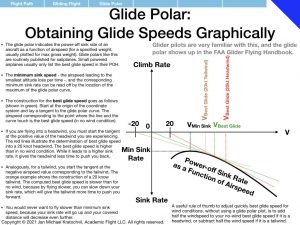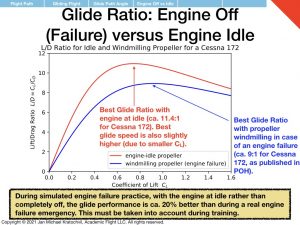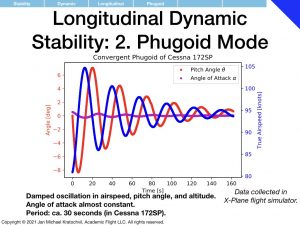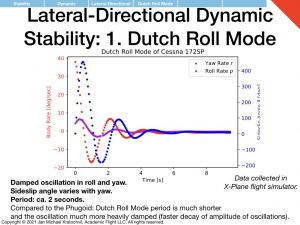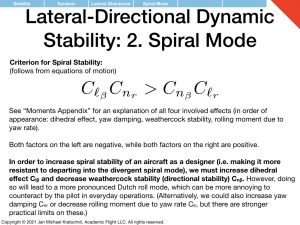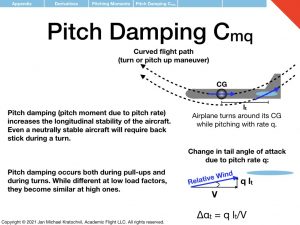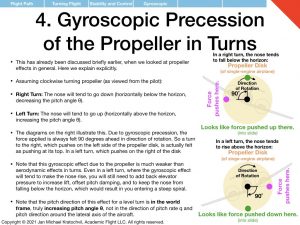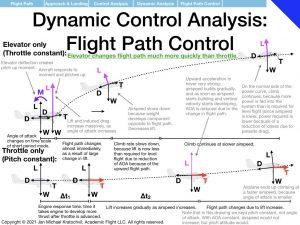Flight Dynamics Ground School
Detailed online ground school based on FAA, test pilot school, and aerospace engineering textbooks and upset recovery theory
Flight Dynamics Ground School Description
Course Content
Our flight dynamics ground school presents aerodynamics and flight dynamics in a systematic way, the way how aerospace engineers and test pilots think about these topics. The course is derived from our test pilot theory course series, but with most of the mathematics removed (though it can be included if the client desires). Emphasis is also shifted away somewhat from flight test techniques and data collection to applications a pilot experiences in everyday life and in emergencies, be it during a regular landing approach (pitch/power control), in gliding flight after an engine failure, or during recovery from an upset after wake turbulence. If desired, upon request the latter aspect can be emphasized and the course can be styled to be a dedicated upset prevention and recovery ground school.
Course Format and Duration
The course is held online via Zoom or in person. It takes two days (8 hours of instruction each, with an additional hour or two for questions) and encompasses over 500 slides. Please contact us for details and for pricing.
The sample slides below give a glimpse of the material and its presentation. For clients interested in the version of the course with the mathematics included, the style will be similar, for instance, to our gliding flight and accelerated stall speed articles, which we have posted in the articles section of this website.
Sample Slides from Our Flight Dynamics Ground School
Conditions of Use and Legal Disclaimer for Sample Slides
Aerodynamics
Aerodynamics is discussed during the flight dynamics ground school in a formal framework, including circulation, the Kutta-Joukowski theorem, Kutta condition, thin airfoil theory, lifting-line theory, etc.
Performance
Flying Qualities
Stability and control covers longitudinal and lateral-directional static and dynamic stability, maneuvering stability, high-angle-of-attack flight (stalls and spins), etc. During the course, the theory will be properly formally developed, using stability and control derivatives, equations of motion, etc.
Our flight dynamics online ground school covers many more topics than showcased above.
References
Some of the freely available references we use in our online flight dynamics ground school include:
FAA Publications
- “Airplane Flying Handbook,” FAA-H-8083-3B, U.S. Department of Transportation, Federal Aviation Administration, Flight Standards Service, Washington, D.C., 2016, (Chapter 12: “Transition to Multiengine Airplanes”).
https://www.faa.gov/regulations_policies/handbooks_manuals/aviation/airplane_handbook/ - “Pilot’s Handbook of Aeronautical Knowledge,” FAA-H-8083-25B, U.S. Department of Transportation, Federal Aviation Administration, Flight Standards Service, Washington, D.C., 2016.
https://www.faa.gov/regulations_policies/handbooks_manuals/aviation/phak/ - “Airman Certification Standards,” U.S. Department of Transportation, Federal Aviation Administration, Flight Standards Service, Washington, D.C.,
https://www.faa.gov/training_testing/testing/acs/
Upset Recovery and Test Pilot School Publications
- Bill Crawford, “Unusual Attitudes and the Aerodynamics of Maneuvering Flight,” Flightlab Lecture Notes, Boston 2009. http://flightlab.net/Flightlab.net/Download_Course_Notes_files/FLNotebookpdfs.pdf, Website: http://flightlab.net/
- USAF Test Pilot School, “Performance Phase Textbook,” Volume I, USAF-TPS-CUR-86-01, Edwards AFB, California, April 1986. https://ia800107.us.archive.org/22/items/DTIC_ADA170957/DTIC_ADA170957.pdf
- USAF Test Pilot School, “Flying Qualities Textbook,” Volume II, Part 1, USAF-TPS-CUR-86-02, Edwards AFB, California, April 1986. http://www.dtic.mil/dtic/tr/fulltext/u2/a170959.pdf
- USAF Test Pilot School, “Flying Qualities Textbook,” Volume II, Part 2, USAF-TPS-CUR-86-03, Edwards AFB, California, April 1986. http://www.dtic.mil/dtic/tr/fulltext/u2/a170960.pdf
- “U.S. Naval Test Pilot School Flight Test Manual: Fixed Wing Stability and Control—Theory and Flight Test Technique,” USNTPS-FTM-No. 103, Naval Air Warfare Center, Aircraft Division, Patuxent River, Maryland, January 1997. http://www.usntpsalumni.com/Resources/Documents/USNTPS_FTM_103.pdf

